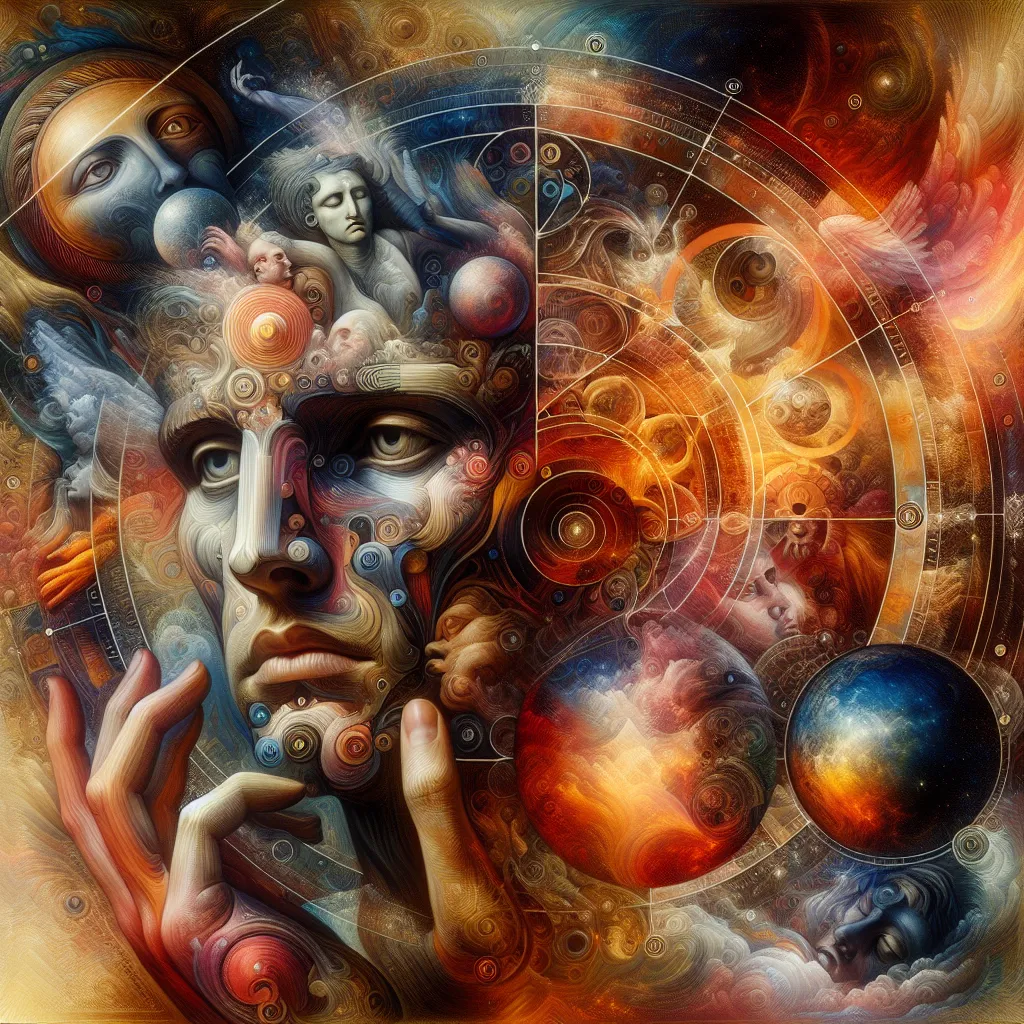
- Published on
- Authors

- Name
- You
The Hermetic Tradition: Alchemy of the Ages
Alchemy, a practice shrouded in mystery and imbued with a sense of the divine, finds its philosophical backbone in the Hermetic tradition. Named after Hermes Trismegistus, a mythical amalgamation of the Greek god Hermes and the Egyptian god Thoth, this tradition blends mysticism, science, and spirituality into a cohesive worldview that has influenced thinkers, philosophers, and alchemists for millennia.
Origins and Core Texts
Hermetic thought hinges on a series of texts known as the Hermetica. These works are divided into two categories:
- Philosophical Hermetica: These texts focus on spiritual and philosophical teachings.
- Technical Hermetica: These provide practical information, encompassing astrology, alchemy, and magic.
Table 1: Major Hermetic Texts
| Text | Category | Main Themes |
|---|---|---|
| Corpus Hermeticum | Philosophical Hermetica | Divine Mind, Cosmic Sympathy |
| The Emerald Tablet | Philosophical Hermetica | As Above, So Below |
| Asclepius | Philosophical Hermetica | Theology, Nature of the Gods |
| The Chrysopoeia | Technical Hermetica | Alchemical processes, Transmutation |
The Emerald Tablet: Alchemy’s Heartbeat
Perhaps the most influential Hermetic text in alchemical thought is the Emerald Tablet. Its cryptic verse, "As above, so below," encapsulates a fundamental Hermetic principle: the microcosm (humanity) reflects the macrocosm (the universe).
Principle of Correspondence
This principle suggests that:
- Macrocosm (Universe): The vast, all-encompassing cosmos.
- Microcosm (Human): A miniature reflection, containing within all elements of the cosmos.
Understanding this principle is seen as key to mastering alchemy, where the transformation of base metals into gold symbolizes the purification and perfection of the soul.
Hermetic Influence on Alchemy
Through the lens of Hermeticism, alchemy is more than proto-chemistry; it is a spiritual pursuit. The alchemical process, with its enigmatic stages from nigredo (blackening) to rubedo (reddening), parallels the Hermetic path of spiritual enlightenment.
Table 2: The Four Stages of Alchemical Transformation
| Stage | Symbolism | Spiritual Significance |
|---|---|---|
| Nigredo | Blackening | Purification, Confrontation with Shadow |
| Albedo | Whitening | Illumination, Awakening |
| Citrinitas | Yellowing | Spiritual Dawn, Fulfillment |
| Rubedo | Reddening | Integration, Wholeness |
Bridging Science and Mysticism
Hermeticism’s awe-inspiring legacy lies in its ability to merge rigorous scientific inquiry with mystical wisdom. It teaches us that:
- Science: Investigates the outer world.
- Mysticism: Explores the inner world.
By understanding both realms, we cultivate a holistic view of existence.
Conclusion
In our modern era, the Hermetic tradition offers rich insights into the interconnectedness of all things. Its alchemical wisdom, encapsulating both physical and spiritual transformation, remains as relevant today as ever. Whether you’re a curious seeker or a seasoned sage, embracing the Hermetic principles can foster a deeper comprehension of the universe and our place within it.
May your journey be luminous and your transformations profound. As Hermes Trismegistus proclaimed, “That which is below is like that which is above, and that which is above is like that which is below.”
References:
- Hermetic texts and scholarly interpretations.
- Historical accounts of alchemical practices.
- Modern scientific correlations and philosophical analyses.
Embrace the wisdom of the ages, and may it illuminate your path forward.
